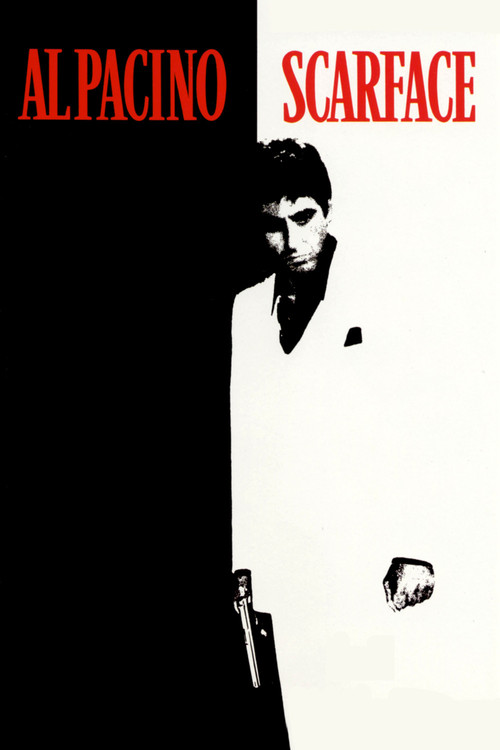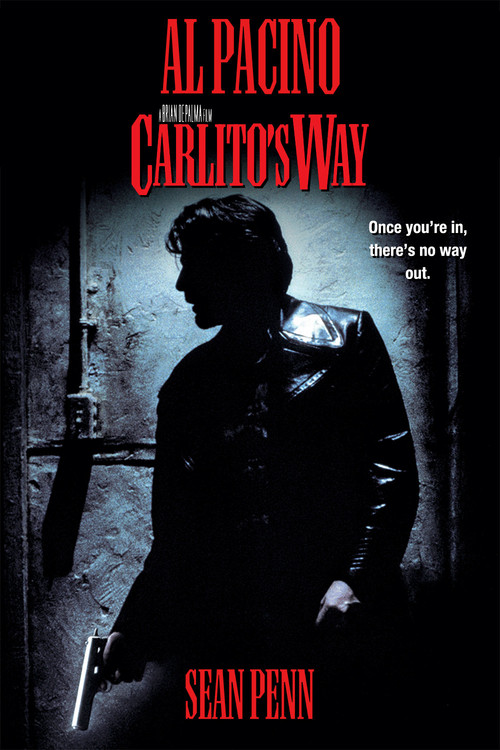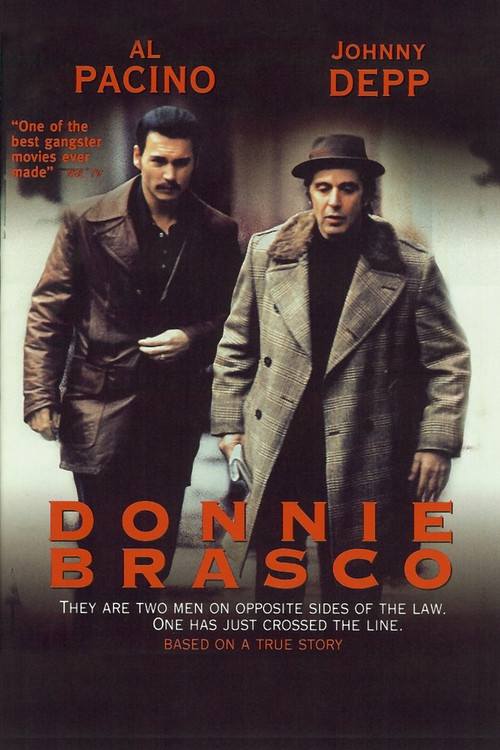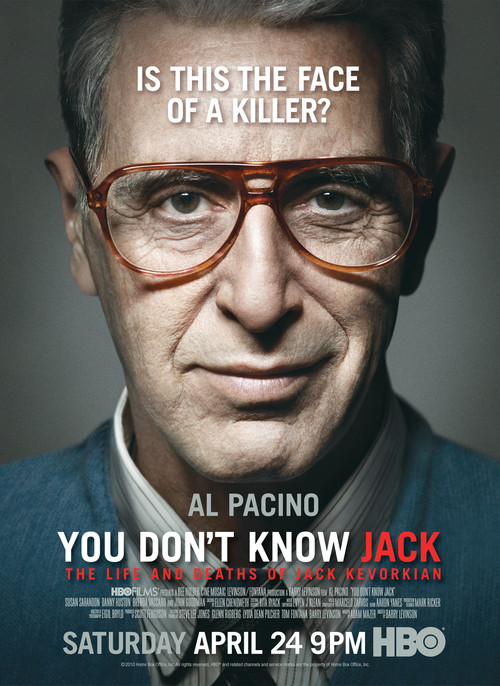It was 1971, and the financially strapped Paramount Pictures was about to take a big risk — actually several of them — in bringing Mario Puzo’s “The Godfather” to the big screen. The studio had bought the film rights for a song well before the book turned into a mammoth best-seller.
First, conventional wisdom said that Mafia pictures didn’t turn a profit; at Paramount, this had been borne out just two years before with “The Brotherhood,” starring Kirk Douglas.
Second, Sergio Leone had turned down the project, as had a slew of other established directors. Finally, after agreeing to a modest salary and budget, a relative newcomer named Francis Ford Coppola was tapped. Though he’d helmed several features, most notably 1968’s “Finian’s Rainbow,” he had yet to break through with a major success.
Third, fifties icon Marlon Brando was Coppola's first choice to play title character Don Vito Corleone, even though actors like George C. Scott, Ernest Borgnine, and Anthony Quinn would have been safer choices. The temperamental, unpredictable Brando was thought to be all washed up at the time, having spent most of the prior decade appearing in films beneath his talent.
The other key role was that of the youngest son and presumptive heir to lead the family, Michael Corleone. The casting process to fill that part brought back memories of finding the right Scarlett O’Hara for “Gone With The Wind” thirty years before.
Among those actors who were either considered or actually auditioned for Michael: Jack Nicholson, Robert Redford, Warren Beatty, Dustin Hoffman, Martin Sheen, Dean Stockwell, Ryan O’Neal, James Caan, and a young Robert De Niro. (Rod Steiger was also lobbying hard for the role, though the idea of playing Brando’s son when he’d portrayed his older brother in “On The Waterfront” should have given him pause.)
As if there weren’t enough uncertainties in this production, Coppola was dead-set on casting an unknown actor named Al Pacino to play Michael. Up to this point, the-30-year-old Pacino had distinguished himself only in the theater, winning a Tony Award for Best Supporting Actor in 1969. He had precisely two film credits — a small part in the Patty Duke vehicle “Me, Natalie” (1969), and a co-starring role in a small, yet-to-be-released film about drug addiction called “The Panic in Needle Park.”
Though he had not done particularly well on his screen test, Coppola saw authenticity in Pacino. He was of Italian heritage on both sides, with his maternal grandparents actually hailing from the town of Corleone in Sicily. More than any other actor tested, he looked the part. And screen test aside, the director knew he could act.
Production chief Robert Evans was vehemently opposed to the choice, referring to the diminutive Pacino as “that midget.” Evans was pushing hard for O’Neal or Redford, but in the end, after getting a preview of Pacino’s work in “Panic,” he finally gave in. James Caan, who’d tested for Michael and was the provisional choice to play him, got the role of older brother Sonny instead.
(Trivia: Up-and-comer De Niro actually benefited from all this. For Al to play Michael, Paramount had to get him released from a commitment at MGM to appear in “The Gang That Couldn’t Shoot Straight,” a mob spoof. De Niro took the Pacino role. Two years later, De Niro would soar to stardom in “The Godfather, Part 2.” Though these two Italian-American actors and contemporaries were on the same set, they shared no screen time. That would first happen — all too briefly — two decades later in Michael Mann’s “Heat.”)
The “Godfather” production was predicatably fraught, with the studio bearing down on its unproven director at any hint of delays or cost-over-runs. Both Coppola and Pacino were terrified of being fired at any moment. Meanwhile, Brando was improvising freely and reading many of his lines off cue cards.
But still the dailies indicated a remarkable film was being made, and even before production was completed, plans for a sequel were in progress. On release, the film was a blockbuster, receiving critical raves and a whopping 11 Oscar nominations. It won Best Picture, Actor (Brando), and Screenplay.
And of course, it also launched the career of Al Pacino, who’d come up from nothing and had toiled in acting for over a decade because he felt there was simply nothing else he was meant to do. Though the Academy had recognized his work with a Best Supporting Actor nod, he felt this was patently unfair since he’d had more screen time than Brando, and so he boycotted the Awards. (It hardly mattered; Joel Grey took the statuette that year for “Cabaret.”)
Pacino would go on to cement his stardom with indelible performances in “Serpico” (1973), “The Godfather, Part 2” (1974), and “Dog Day Afternoon” (1975). As of this last film, Pacino had received four consecutive Oscar nominations, a record he shares with Brando, Elizabeth Taylor, Jennifer Jones, and character actress Thelma Ritter. He finally won his statuette in 1993 for his performance in “Scent of a Woman.”
Since the stage is his first love, Al is likely proudest of being in that select group of “Triple Crown” actors who’ve won a competitive Oscar, an Emmy and a Tony. Only 21 names appear on this list to-date, including Ingrid Bergman, Jason Robards, Christopher Plummer, and Helen Mirren.
After a slight career slump in the mid-eighties, Pacino’s former girlfriend and co-star Diane Keaton finally convinced him to get back on his horse. As Al tells it: “I'd probably be a short-order cook right now if it wasn't for Diane. I'd become kind of detached from everything and I was enjoying a life out of the mix. She's the one who found ‘Sea of Love’ (1989) and told me I should do it. She said, ‘You're not on the A-list anymore, buddy. Are you going to go back to living in a rooming house? You've been rich too long. You're an adult now.’”
So, he wisely took her advice. And since then, this so-called “midget” has never looked back.
More: How a Dinner Party Knife Fight Launched Jack Nicholson's Career



